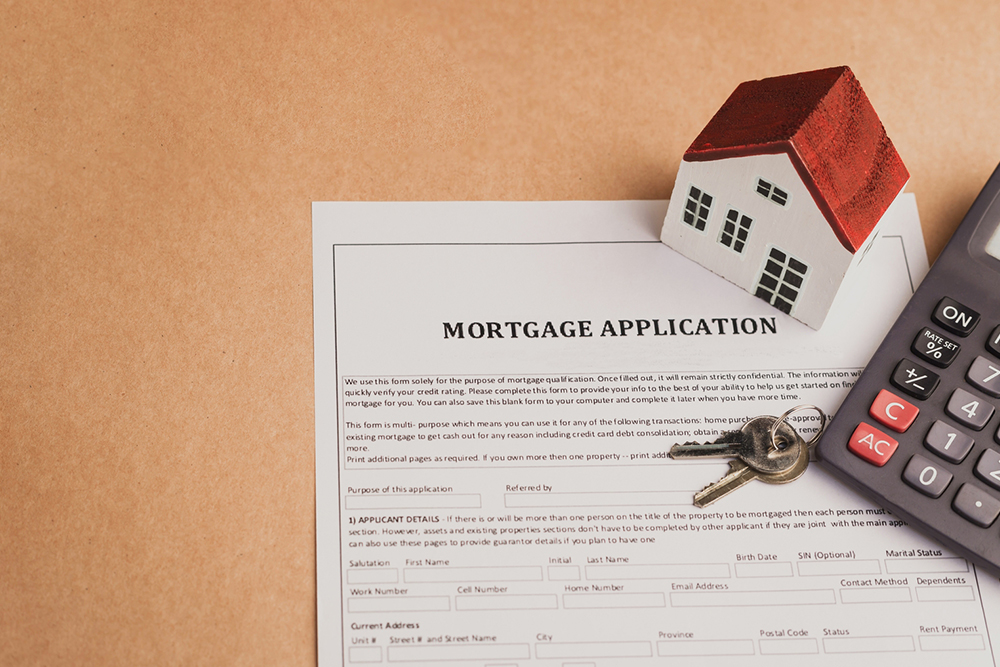Ways to Buy a Home on Credit and Things to Consider
Homeownership is a dream for many, but the constant increase in property rates is the primary challenge to overcome here. To do that, one may have to rely on loans and other financing options to buy a home. Buying a home on credit is one of the most common ways to speed up the purchase.

Ways to buy a home on credit
One can choose from several different sources of home financing in the country. The right option is one that offers favorable terms and meets most requirements.
1. Developer financing
If purchasing a home from a real estate developer, the most straightforward credit option would be developer financing. Here, the developer offers a home loan, which the buyer can repay in monthly installments. To access this type of financing, the buyer may first need to make a down payment, the amount of which can vary depending on certain factors. For instance, for move-in ready homes, developers usually require the buyers to pay about 50% of the purchase price as the down payment. On the other hand, for homes under construction, developers may ask for a down payment of about 20% of the purchase price. That said, a home builder or developer loan can come with high interest rates. So, one should carefully consider the terms before signing up for such loans.
2. Seller financing
Those buying pre-owned homes directly from sellers can consider this option. Seller financing can be offered in the form of staged payments or monthly installments toward the home’s purchase price. In such cases, the terms of the loan, including the repayment period and the interest rates, need to be decided on a case-to-case basis. So, to reach a favorable agreement, it is crucial to get the contract made professionally by a notary public.
3. Bank loans
Prospective home buyers can always go the traditional route of seeking a home loan or mortgage from a bank. The key benefit of such loans is that banks tend to set clear, well-defined terms and eligibility criteria. At times, this option may carry lower interest rates than developer loans.
4. National housing fund loans
The National Housing Fund Institute (Instituto del Fondo Nacional de la Vivienda para Los Trabajadores or Infonavit) offers government-backed home loans to workers registered with the IMSS (Social Security Institute). That said, the loans here come with a fixed repayment period of up to 30 years. Additionally, the interest rate that Infonavit offers might be higher than that on bank-issued home loans. Finally, one would also have to check the eligibility criteria on the institute’s official website to check if they qualify for the loan.
5. FOVISSSTE credit
Another worthwhile option is the Institute for Social Security and Services for State Workers’ Housing Fund (or FOVISSSTE). It offers home loans to eligible workers who work in public organizations and contribute to the institution. Like Infonavit credit, this home loan also comes with a fixed repayment period of up to 30 years. That said, FOVISSSTE home loans typically carry lower interest rates, usually around 4% to 6%.
6. SOFOM loans
Besides banks, one can also approach multipurpose financial companies, called SOFOMs, for a home loan. Like bank loans, these companies also require borrowers to make a down payment. Additionally, SOFOM loans may have higher interest rates than banks and Infonavit credit. That said, one of the main advantages of SOFOM home loans is that they come with flexible terms. For instance, borrowers can choose long repayment periods while applying for the loan. Borrowers can also combine a SOFOM home loan with an Infonavit home loan to get a bigger loan amount.
Things to consider when buying a home on credit
1. Interest rates
This is one of the most important things to consider. Home loan interest rates can vary based on a few factors, such as the credit score of the applicant, the repayment period, and, of course, the loan amount. With high interest rates, one may end up paying a lot more for a home than what it is worth. This is why, when buying a home on credit, one must compare interest rates offered by multiple lenders, who are likely to offer different interest rates for the same loan amount and repayment term. So, thorough comparison and evaluation can help secure home credit at the best interest rate. One can even negotiate with the lender to offer a lower interest rate.
2. Credit score
Interest rates are also decided based on the applicant’s credit score. So, checking the loan eligibility requirements and maintaining a good credit score to secure favorable terms is crucial. If one notices that their credit score is suspiciously low, they must check their credit report for errors or unauthorized transactions.
3. Closing costs
In addition to a down payment, home buyers would also have to pay closing costs while finalizing the purchase of a home. These closing costs include transfer tax, mortgage registration costs, property registration costs, and tax appraisal, among other things. It is important to account for these costs to understand the overall expenditure.











